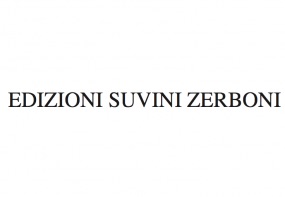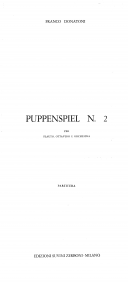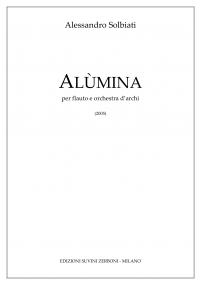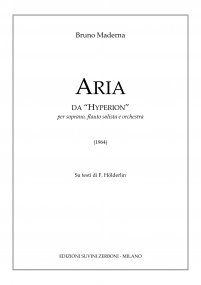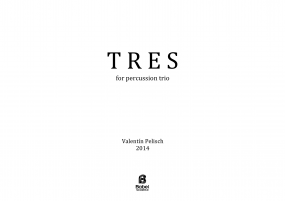Corda d aria
per flauto e orchestra
Specifications
Region
Europe
Estimated Duration
25min
Date
1999
ISMN :
Notes on this piece
Add to a playlist
- Login to create your own lists
Instrumentation
Flute|Symphonic orchestra
Score Details
Format - A4 / US Letter
Pages - 130
Pages - 130



